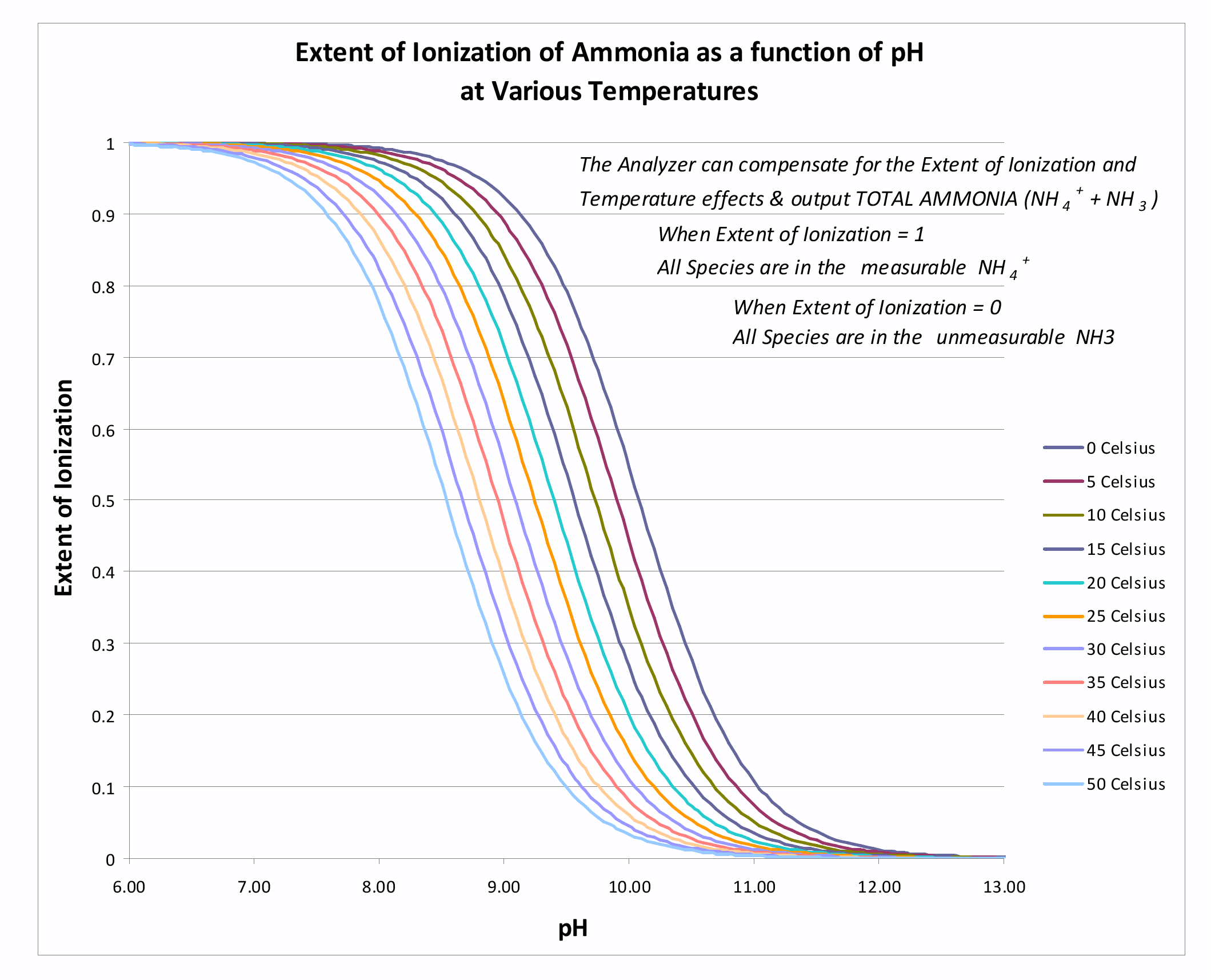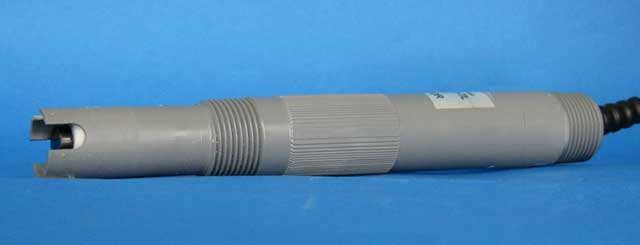What It Does For You
The model FX-300-NH4 analyzer uses specially engineered ion selective electrode technology for real time trending to monitor or control Ammonium (NH4+) and other ions in water without the need for frequent grab sample analysis.
The low maintenance ion selective electrodes (ISE) electrodes have no refillable solutions and need only periodic cleaning.
One-point offset calibration with results from your portable grab sample or lab instrument is required and done without removing the sensor from service.








